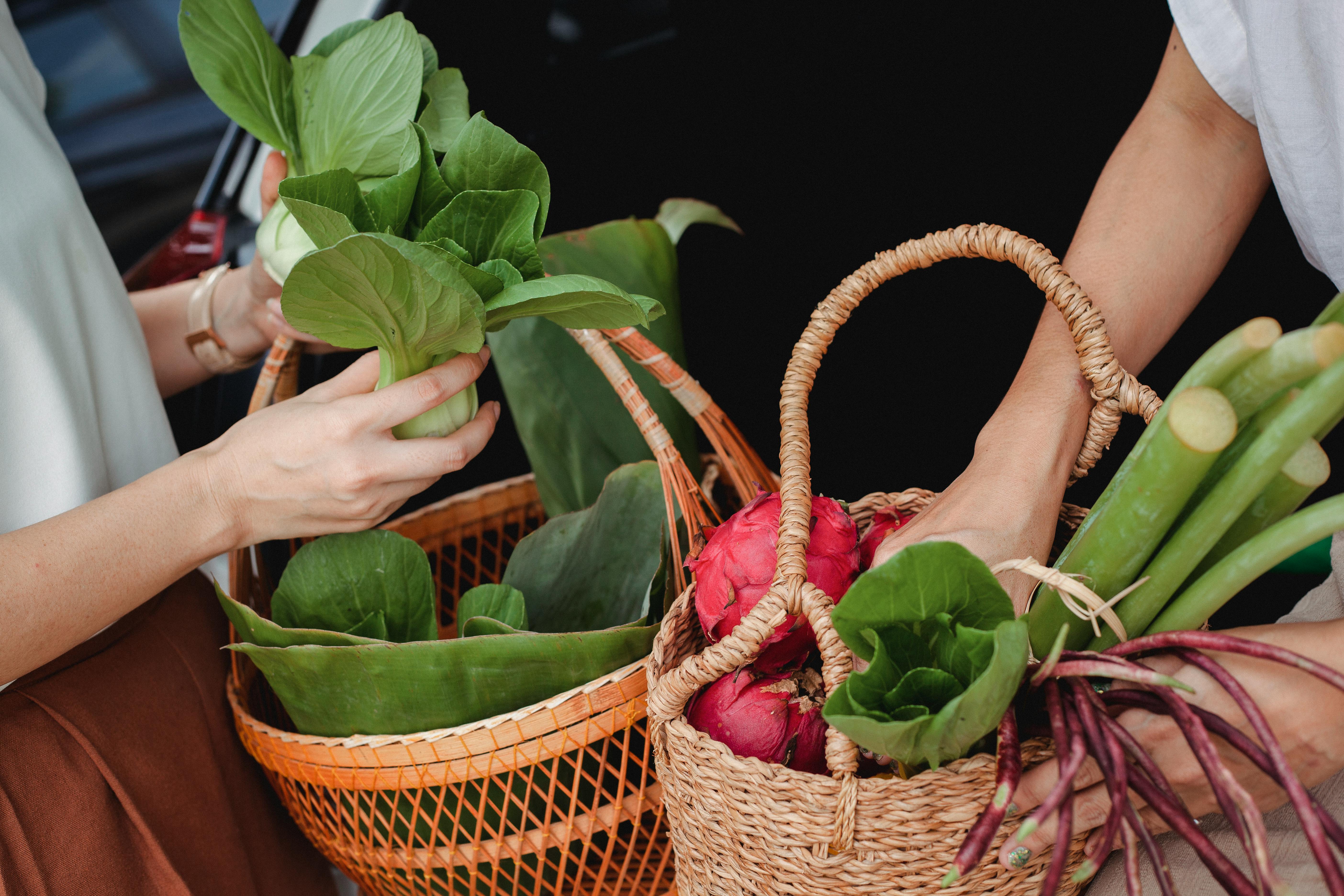Introduction
Rabbit eyes get their name bunny eyes from the fact that blueberries are a pinkish-white immature color that resembles the eyes of an albino rabbit before they turn blue. Tallbush blueberries (V. corymbosum) grow naturally in the northeastern United States. One of the most common northern highbush wild blueberries that remains very popular is Rubel, which is high in antioxidants. Rubel is one of the oldest varieties from the beginning of the 20th century. Highbush shrubs are not called highbush in relation to rabbit-eye plants, in fact they are shorter than rabbit-eye plants. Highbush got its name because, compared to lowbush blueberries, it is taller. Lowbush generally produces small berries that are great for use in cakes. Rubel is an example of this type of blueberry and is very rich in antioxidants. Another common blueberry bush name is Southern Highbush Blueberry. Southern Highbush blueberry bushes are often a cross between a rabbit eye and a northern highbush or lowbush blueberry plant. Some of these new southern varieties of highbush have low chill requirements of only 200 to 300 hours at temperatures of 45 degrees F and below. This has made it possible to extend blueberry production as far south as Florida. The chill hour requirement for rabbiteye plants is 350 to 650 hours for regular leaf and flower development. Cooling requirements for tall northern bushes are 650 to 1000 hours.
Southern Tall Bush Varieties
Southern tallbush varieties offer several important advantages, such as having a thinner skin and the fact that they mature 1 to 3 weeks earlier than earlier maturing rabbit-eye cultivars. Southern Highbush blueberries are as large and often larger than rabbiteye blueberries, making them more desirable for the processing and fresh markets. The plants are less vigorous and do not reach the height of rabbit eyes, they generally yield less and are more vulnerable to diseases and insects. The southern tallbush’s low chill requirement promotes very early flowering and a much higher danger of late frost damage in spring.
rabbit eye blueberries
Rabbiteyes bloom earlier than highbush blueberries, making them more susceptible to spring frosts. Highbush blueberries can also be affected by spring frosts and the time they flower may be only a week or two later. But a week or two in the spring can be the difference between having a crop and losing it or having a smaller crop. Although they bloom later than the rabbiteye, most tallbush blueberries mature about a month before the rabbiteye. Highbush blueberry fruits are usually larger; its fruit is juicier, and its skin is thinner. The quality of highbush after freezing is quite high, while the skin of rabbiteyes after freezing becomes tougher. When it comes to eating fresh, rabbit eyes can be a little sweeter. After freezing, tallbush blueberries may be more tender. Highbush blueberries are vulnerable to several diseases. Rabbit eyes are virtually disease free and tend to have much longer fruitful lives. In 20 years, rabbit eyes will still produce, but tall bushes may not.
Northern Highbush Blueberries
Northern tallbush varieties are the most widely planted blueberries in the world. They are types of shrubs that need a large number of “cold hours” to obtain fruition. If these northern tall bush varieties do not get the required number of chill hours, they will not produce. These shrubs are classified as zone 4 to zone 7, which includes most of the central, western, midwestern, and eastern United States, as well as some parts of Canada. Highbush (northern) blueberries will do well in most parts of Kentucky, while rabbiteyes will do well in warm parts of the south. In Kentucky, rabbiteyes bloom one to one and a half weeks earlier than tallbush blueberries, making them more susceptible to late spring frost damage. However, the Rabbiteye harvest is later than that of the Highbush cultivars.
selection of varieties
Rabbit eyes need cross-pollination to be fertilized. Rabbit eyes do not self-pollinate. You must plant more than one variety for cross-pollination to occur. It is suggested that you plant both highbush and rabbiteye in suitable growing zones that have different maturity times. That way you can have blueberries almost all season and you can decide for yourself which blueberries you prefer. Different species of both cultivars have blueberries that vary in sweetness and flavor.
Northern Favorite Tall Shrubs They include Hannah’s Choice, Blueray, Bluegold, Bluecrop,. Duke, Elliot and Jersey.
Favorite Southern Tall Shrubs they include ‘Ozarkblue, Legacy, Misty, Gulf Coast, O’Neal Sharpblue, and Sunshine blue.
Ozarkblue is not a rabbiteye, however, like rabitol eyes, it is drought resistant. Ozarkblue is a favorite strain that has other outstanding features. It doesn’t mind the heat, it doesn’t need as much watering, it resists spring frosts and it is one of the highly productive plants that produces excellent high bush berries. Unlike Rabbiteye, it self-pollinates. It is a medium/late crop, just before rabbit eyes.
Favorite Rabbit Eye Plants they include Climax, Brightwell, Premier, Tifblue and Powderblue.
Premier and Tifblue are common options for rabbit eyes. Both are highly productive. Premier Rabbiteye tastes great and stores very well. Tifblue is the latest maturation of the rabbit eye varieties.
Tifblue is considered among the best rabbit eyes. Tiftblue blueberries are among the tastiest rabbiteye blueberries. They are better able to survive the cold than other rabbiteye blueberry varieties. It should probably be the main rabbiteye variety in any garden. The Tifblue blueberry is a hybrid cultivar that has helped start the spectacular growth in rabbiteye blueberry cultivation. This growth has become a new blueberry farming bonanza that is reshaping the economy of the South.
By selecting several varieties with different ripening times, the harvest time can be distributed. Rabbit eyes do not all mature at the same time. The berries can ripen over a period of several weeks. These are some of the most popular rabbiteye blueberries today based on their ripening season.
Popular Rabbiteye Varieties.
early season
Climax
Brightwell
mid season
first tifblue
Pale blue



